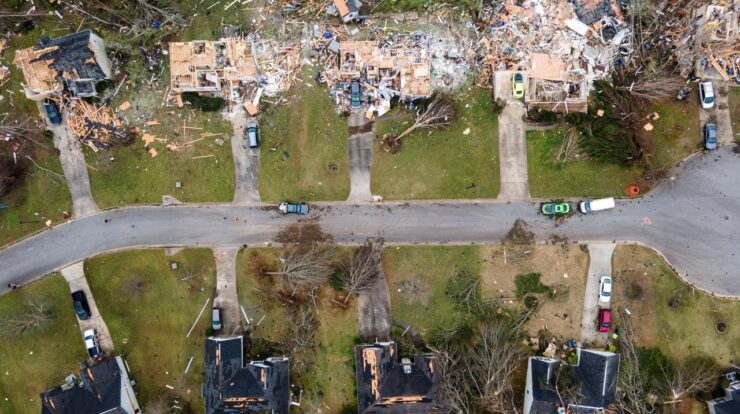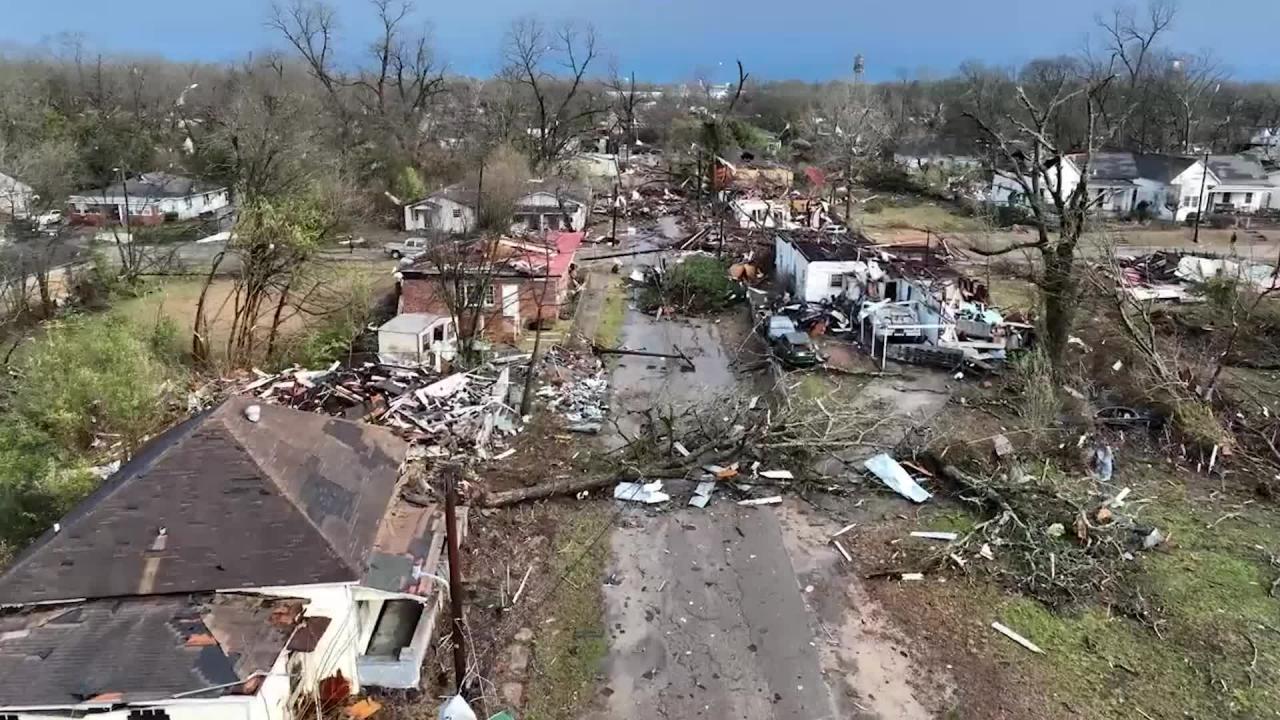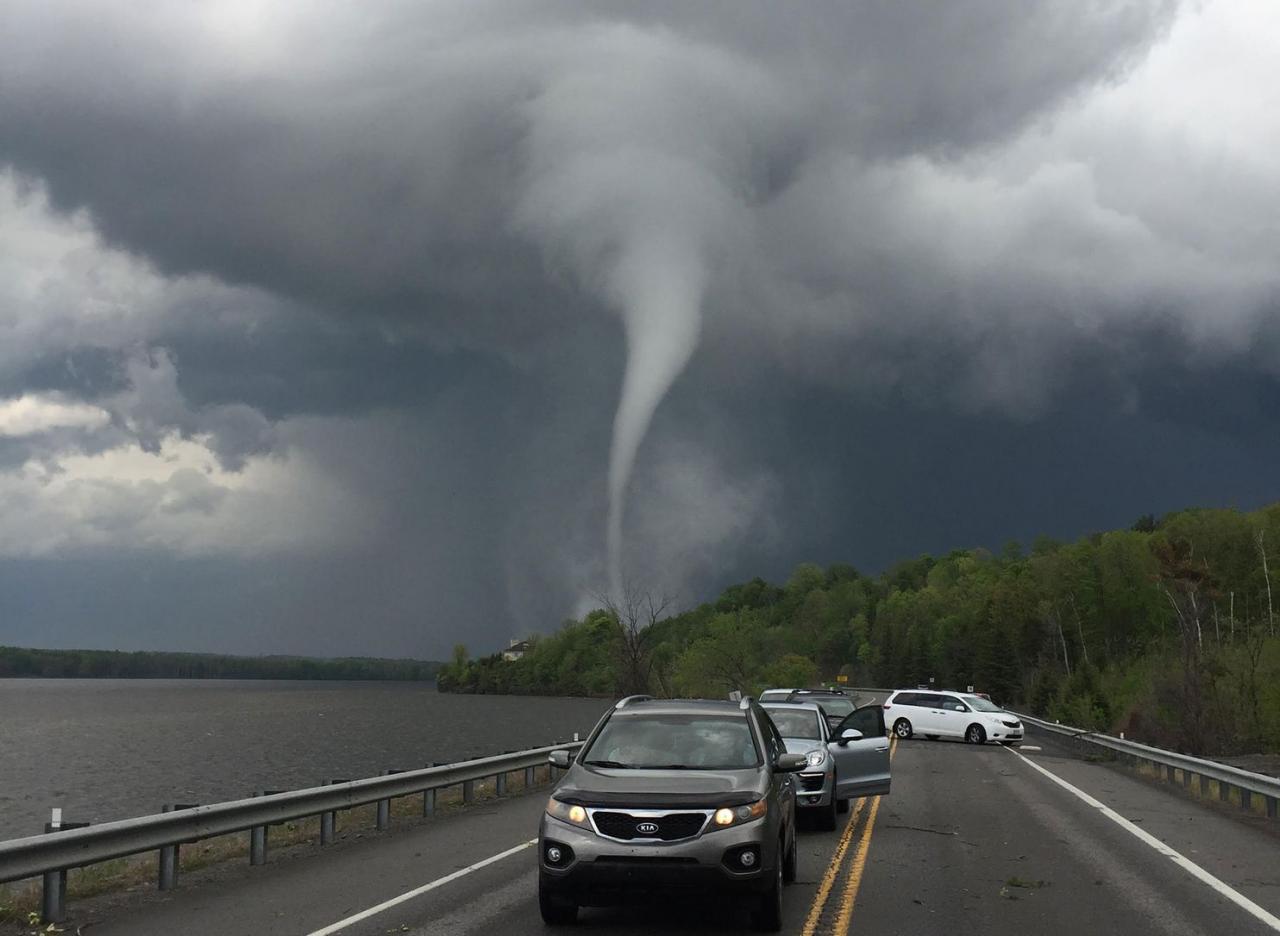
Tornadoes today pose a significant threat to communities across the globe. This comprehensive guide delves into the intricacies of tornado formation, safety precautions, and the latest advancements in forecasting and mitigation strategies.
From understanding the factors that contribute to tornado development to navigating evacuation plans and tracking tornado movements, this article equips readers with the knowledge and resources to stay informed and prepared.
Overview of Today’s Tornado Activity

Multiple tornadoes have been reported across the Midwest and Southern United States today, bringing widespread destruction and power outages. The National Weather Service (NWS) has issued numerous tornado warnings, urging residents to seek shelter immediately.
Tornado-Prone Areas and Risk Assessment
Areas most vulnerable to today’s tornadoes include parts of Oklahoma, Kansas, Texas, and Missouri. These regions are experiencing a combination of strong wind shear, atmospheric instability, and moisture, creating favorable conditions for tornado formation.
Safety Precautions and Evacuation Plans, Tornadoes today
During a tornado warning, it is crucial to take immediate shelter in a designated safe zone, such as a basement or interior room without windows. Stay away from windows and exterior walls, and cover your body with blankets or pillows.
Tracking Tornado Movements
The NWS uses weather radar and other technologies to track and monitor tornado movements. Real-time updates and warnings are issued through the Emergency Alert System (EAS) and other communication channels.
Tornado Impacts and Damage Assessment
Tornadoes can cause severe damage to infrastructure, property, and human life. Recent tornadoes have resulted in widespread power outages, structural damage, and injuries. Recovery efforts are underway in affected areas.
Weather Patterns and Tornado Formation
Tornadoes form when warm, moist air from the Gulf of Mexico meets cold, dry air from the north. The interaction between these air masses creates wind shear and atmospheric instability, which can lead to the formation of rotating updrafts.
Tornado Forecasting and Warning Systems
Predicting tornadoes is challenging due to their unpredictable nature. The NWS issues tornado warnings based on radar data and other indicators. These warnings provide valuable lead time for residents to seek shelter.
Historical Tornado Data and Trends
Historical data shows that tornado activity varies in frequency and intensity over time. Certain regions, such as the Great Plains, are more prone to tornadoes than others.
Tornado Preparedness and Mitigation Strategies
Long-term tornado preparedness includes building codes, land-use planning, and public education initiatives. These measures aim to reduce the impact of tornadoes on communities.
Tornado Research and Advancements
Ongoing research efforts focus on improving tornado understanding and prediction. New technologies and methodologies are being developed to enhance tornado safety and provide more accurate warnings.
Closing Notes

Tornadoes today remain a formidable force of nature, but by staying informed, taking proactive safety measures, and supporting ongoing research, we can minimize their impact and protect our communities.
Quick FAQs: Tornadoes Today
What are the most common warning signs of a tornado?
Funnel cloud, rotating debris, loud roaring sound
What should I do if I am caught in a tornado warning?
Seek shelter immediately in a basement or interior room on the lowest floor, stay away from windows
How can I stay updated on tornado warnings and watches?
Monitor local weather forecasts, use weather apps, and sign up for emergency alerts






